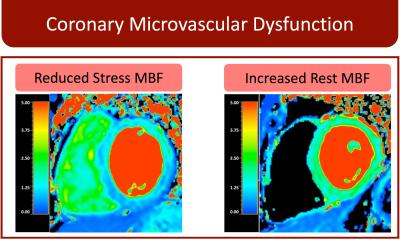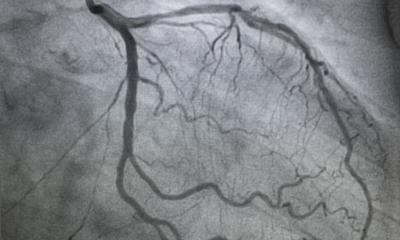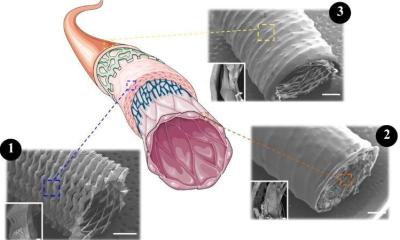What do patients receiving optimal medical therapy after a heart attack die from?
Because of improved management at the acute stage, the risk of dying in hospital after a heart attack has decreased by about 50% in the past 10 years. Likewise, the prescription of recommended medications when patients leave hospital, has resulted in improved survival and fewer recurrent heart attacks.

One of the challenges is now to try and further decrease long-term mortality in patients who leave the hospital on "optimal" medical therapy (i.e. who are prescribed all the recommended medications).
The French registry of Acute ST-elevation and non-ST-elevation Myocardial Infarction (FAST-MI) is a nationwide survey of patients hospitalised for acute myocardial infarction in France at the end of 2005, during a one-month period. Patients included will be followed for a period of 10 years after the initial heart attack. At three years, fewer than 5% of the patients have been lost to follow-up.
Of a population of 3,670 patients included in the registry, 3,262 survived the initial hospitalization and had a complete prescription at discharge available. Among them, 1586 (49%) received optimal treatment (OMT).
Three-year survival was 88% in optimally treated patients, compared with 77.5% in those who did not receive all recommended medications. After taking into account the initial profile of the patients and the severity of the heart attack, there was an 18% reduction in the risk of dying in patients receiving optimal medical therapy.
Analysis of the factors related with 3-year mortality in patients who received optimal treatment showed that the risk of death was related to older age (> 75 years), severity of the cardiac disease (larger infarction, more extensive disease of the coronary artery), associated conditions, such as diabetes mellitus, stroke, cancer or persistent smoking; in contrast, patients who had had a coronary angiogram during the initial hospitalization had a markedly reduced risk of dying.
These findings suggest that there is still room for improvement in patients who receive the best possible medical treatment; of these patients, 12% still die during the 3 years that follow the initial heart attack.
A broader use of coronary angiography and myocardial revascularization during the initial hospitalisation is likely to have a favorable influence on long-term outcomes. In addition, additional efforts are needed and should concentrate on better management of larger infarctions to prevent and treat heart failure, and on associated conditions such as diabetes. Persistent smoking should also be fought relentlessly.
Contributors:
The FAST-MI registry is a registry of the French society of Cardiology supported by unrestricted grants from Pfizer and Servier, and an additional grant from the Caisse Nationale d'Assurance Maladie.
Authors:
Professor Danchin, Nicolas (Paris, France)
31.08.2011











